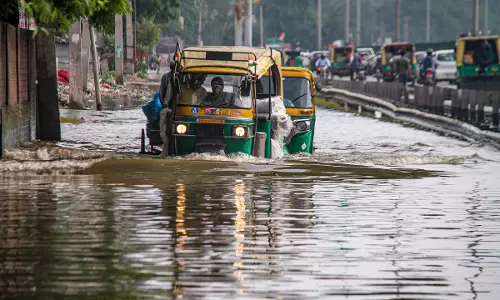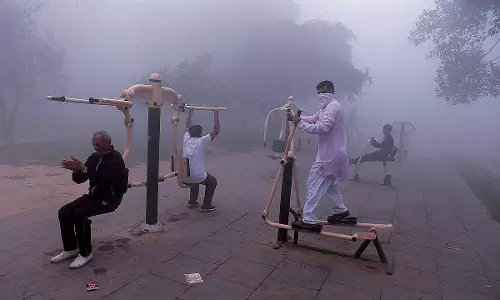Steady rise in survival rate of saplings
In the Lutyens’ Delhi, survival rate of saplings has shown a steady rise during the last three monsoons, according to the Indian Council of Agriculture Research.;
In the Lutyens’ Delhi, survival rate of saplings has shown a steady rise during the last three monsoons, according to the Indian Council of Agriculture Research. By the end of this season, the New Delhi Municipal Council said it plans to increase the green cover by two per cent to 50 per cent in the VIP area.
The council had asked the ICAR to conduct a survey on the survival rate of the saplings planted during the last three monsoon seasons. The ICAR, in its report, said that the survival rate of the saplings planted in the New Delhi area during the last three years was 57.02 per cent, 65.20 per cent and 79.80 per cent in 2012-13, 2013-14 and 2015-16, respectively.
“All-out efforts would be made not only maintain the present rate of survival, but increase the survival rate of the saplings planted during this monsoon season considerably,” said a senior official of the New Delhi Municipal Council.
From June 20 till August 8, over 800 residents of the council’s areas made online requests for saplings. “About 835 requests for saplings were made by the residents from all walks of society in the NDMC area during the last one-and-half months and they have been provided the same,” he added.
During the ongoing plantation drive this monsoon, the council invited the residents of its areas to register online on its website to get saplings of their choice and free of cost for planting the same in their premises, streets and offices.
“The officials of horticulture department will extend the necessary information and know-how about the selection of the saplings as well as planting the same in the concerned areas,” said an official.
The council, with a target of increasing its green cover from current 48 per cent to 50 per cent, has already planted two lakh saplings in this monsoon, target set for this year. “Till the end of current monsoon season, we continue our plantation drive,” he said.





